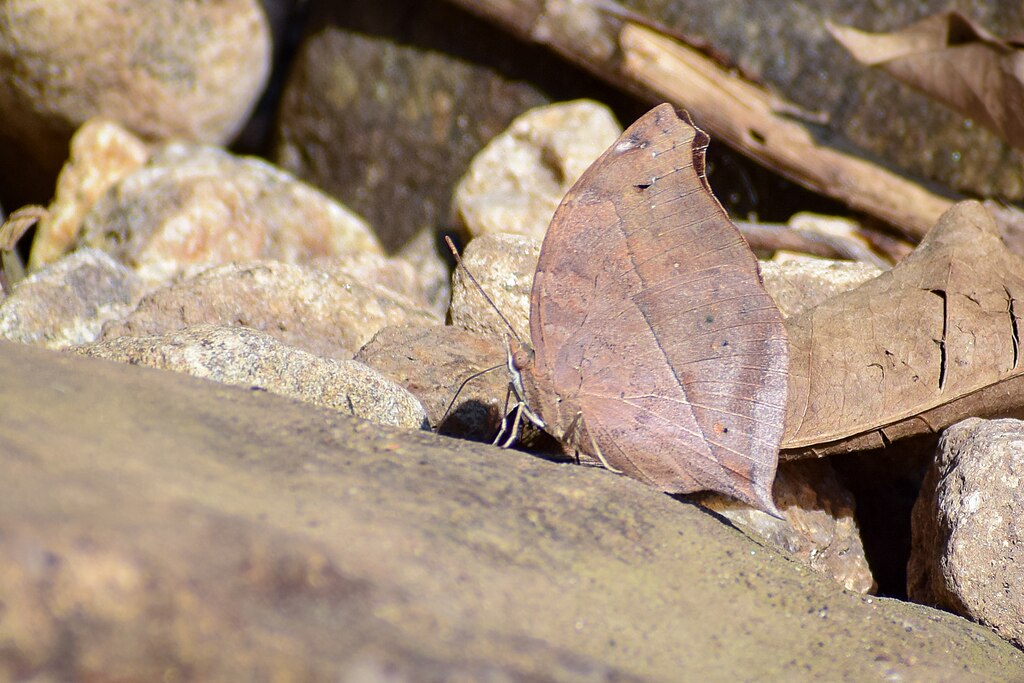The next time you walk through a forest, you might unknowingly pass by dozens of butterflies without ever noticing them. These remarkable creatures have mastered the art of disguise so perfectly that some transform into dead leaves, while others choose to mimic something far less appealing – bird droppings. This isn’t just nature showing off; it’s a matter of life and death in the insect world.
The Survival Game: Why Butterflies Need to Hide
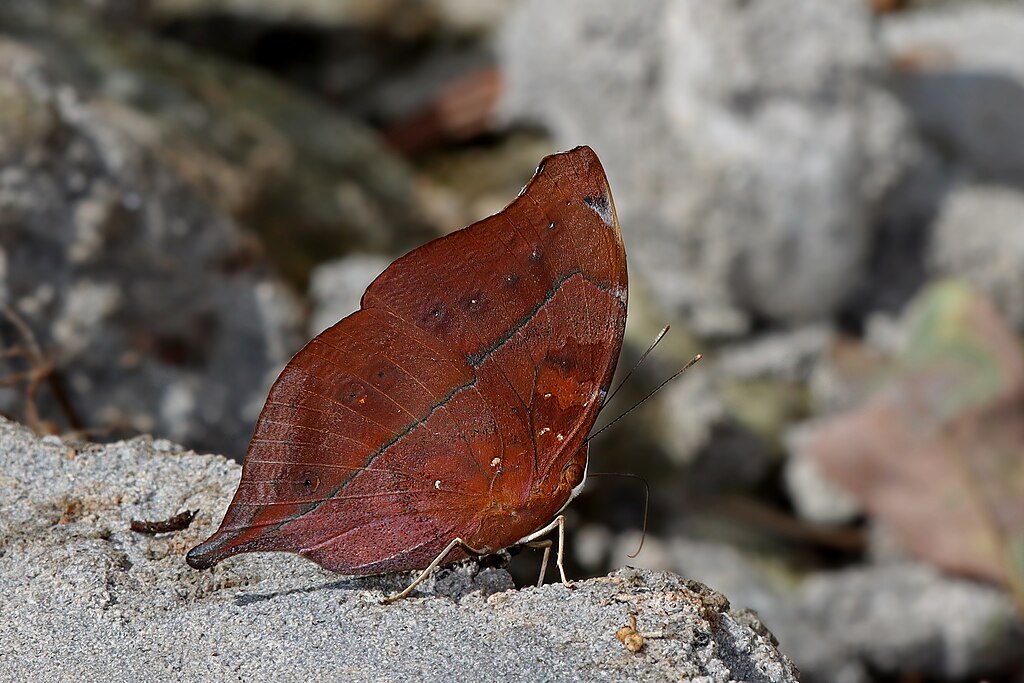
When you’re a delicate butterfly with wings made of thin membranes, staying alive becomes a constant challenge. Birds, spiders, and countless other predators see butterflies as tasty, easy targets. Unlike beetles with their hard shells or bees with their stingers, most butterflies have no natural weapons to defend themselves. The only option left is to become invisible. Natural selection has favored butterflies that could blend seamlessly into their surroundings, creating some of the most extraordinary examples of camouflage in the animal kingdom. Those who couldn’t hide well enough simply didn’t survive to pass on their genes.
Masters of Leaf Mimicry: The Dead Leaf Butterflies
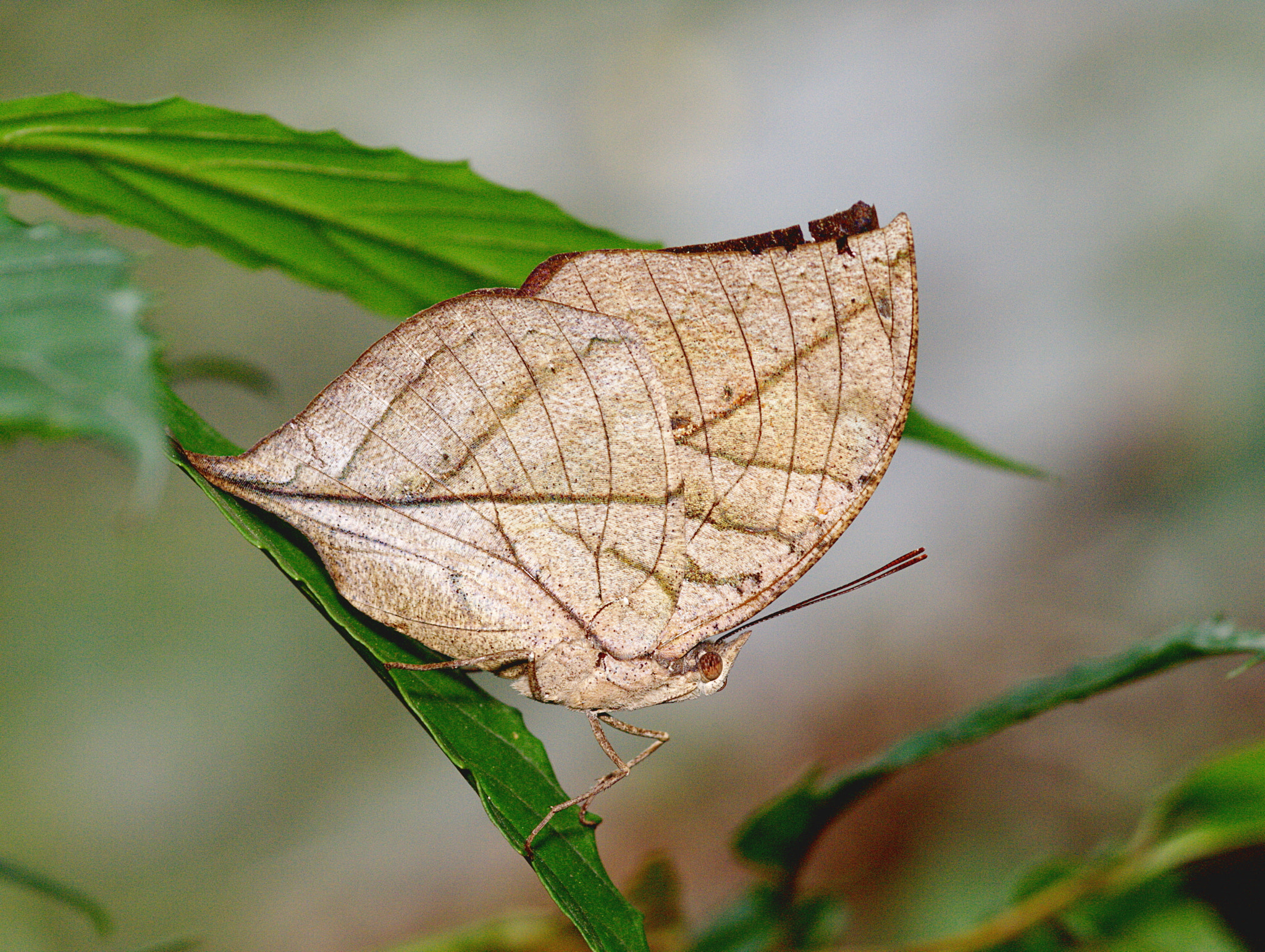
The Dead Leaf butterfly (Kallima inachus) from Southeast Asia represents the pinnacle of leaf mimicry. When it closes its wings, it transforms into what appears to be a brown, dried leaf complete with veins, spots, and even simulated holes from insect damage. The transformation is so convincing that even experienced naturalists can walk right past them. These butterflies don’t just copy the color of dead leaves – they’ve evolved intricate details that would make any artist jealous. The wing patterns include fake leaf stems, realistic browning around the edges, and even subtle variations that mimic the natural aging process of fallen foliage. When resting on the forest floor, they become virtually indistinguishable from actual leaf litter. What makes this mimicry even more impressive is how the butterfly positions itself. It doesn’t just land randomly; it carefully selects spots where dead leaves naturally accumulate and angles its body to match the way leaves typically fall and settle.
The Unappetizing Disguise: Bird Dropping Mimics
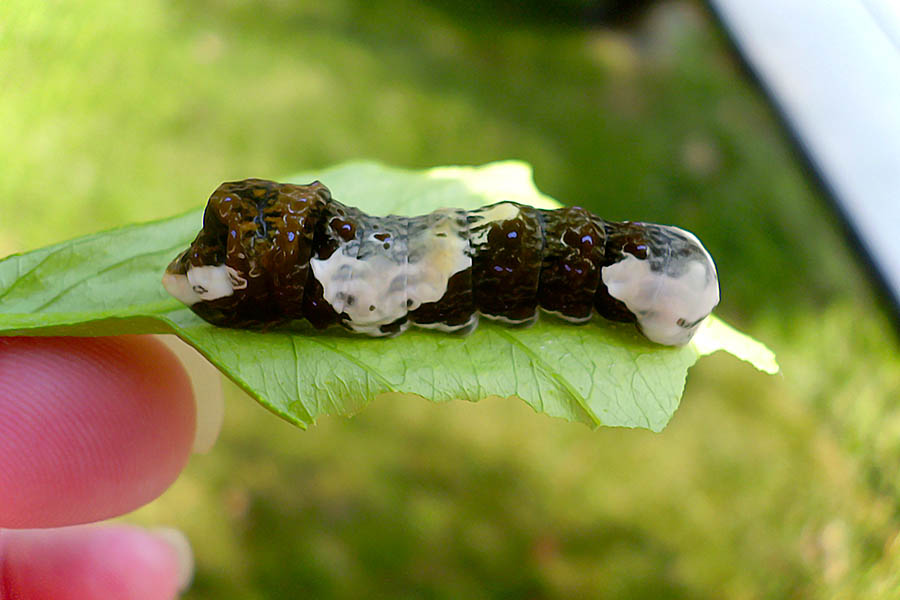
While looking like a leaf might seem like the obvious choice, some butterflies have taken a different, more shocking approach – they’ve evolved to look like bird droppings. This strategy might sound disgusting to us, but it’s brilliantly effective because what predator would want to eat what appears to be waste? The Giant Swallowtail caterpillar is perhaps the most famous example of this strategy. Its young larvae are mottled brown and white with a shiny, wet appearance that perfectly mimics fresh bird droppings. They even position themselves on leaves in the same way real droppings would naturally land and stick. This disguise works because it triggers an instinctive avoidance response in potential predators. Birds, spiders, and other hunters have evolved to avoid waste material, both because it’s not nutritious and because it might carry diseases or parasites.
The Science Behind Camouflage Colors
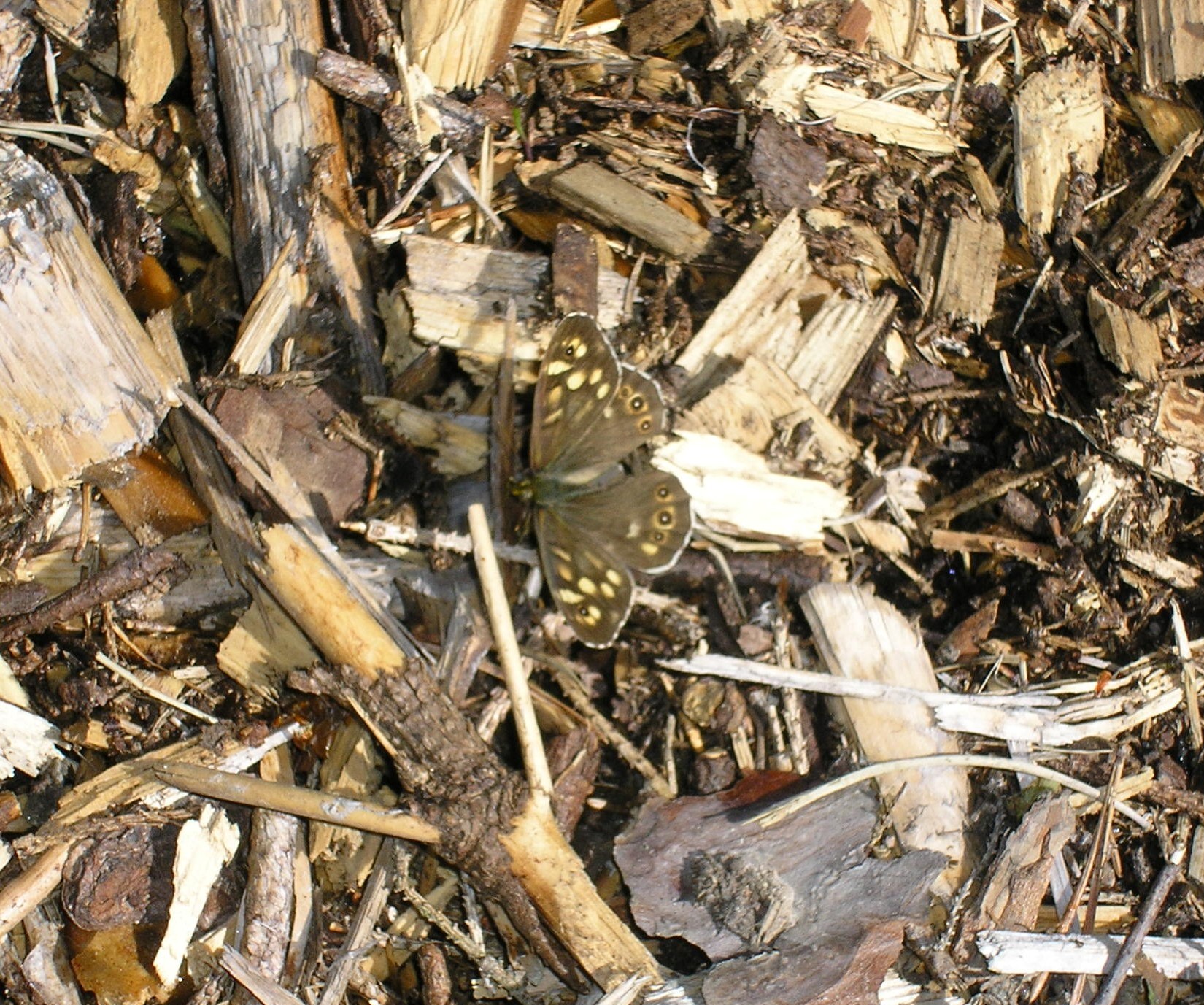
The stunning colors and patterns we see on butterfly wings aren’t just for show – they’re the result of complex biological processes involving both pigments and structural coloration. For camouflage butterflies, these mechanisms work together to create remarkably accurate disguises. Pigments like melanin create the brown, black, and yellow tones that mimic dead leaves or bird droppings. Meanwhile, microscopic structures on the wing scales can scatter light in specific ways, creating the subtle color variations that make the disguise so convincing. These same structures can also reduce the butterfly’s visibility to predators that see in different parts of the light spectrum. The development of these patterns is controlled by complex gene networks that activate during the butterfly’s development. Small genetic changes can dramatically alter the final appearance, allowing natural selection to fine-tune the camouflage over many generations.
Seasonal Disguises: Wet and Dry Season Adaptations
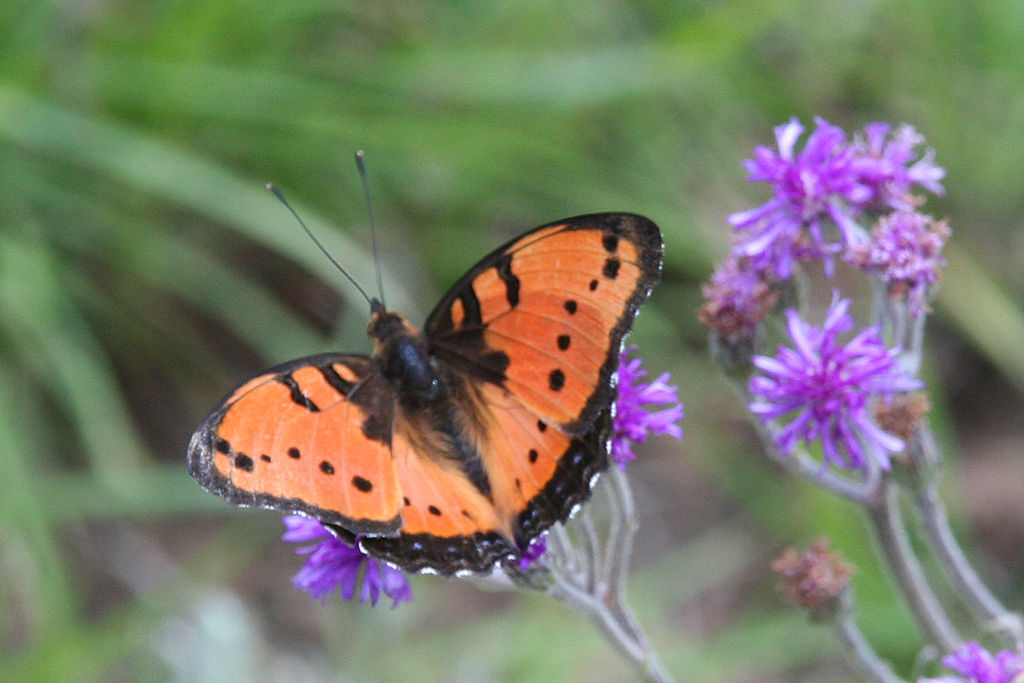
Some butterflies have evolved to change their appearance based on the season they emerge in, matching the different types of camouflage needed throughout the year. The Precis octavia from Africa is a perfect example – its dry season form looks like a dead leaf, while its wet season form mimics fresh vegetation. This seasonal adaptation makes perfect sense when you consider the environment. During dry seasons, dead leaves dominate the landscape, making brown, withered disguises most effective. But during wet seasons, when new growth is everywhere, green camouflage becomes more valuable. The butterfly’s body somehow “knows” what season it’s developing in, likely through environmental cues like temperature and humidity. This triggers different genetic pathways that produce completely different wing patterns in the same species.
The Role of Behavior in Perfect Disguise
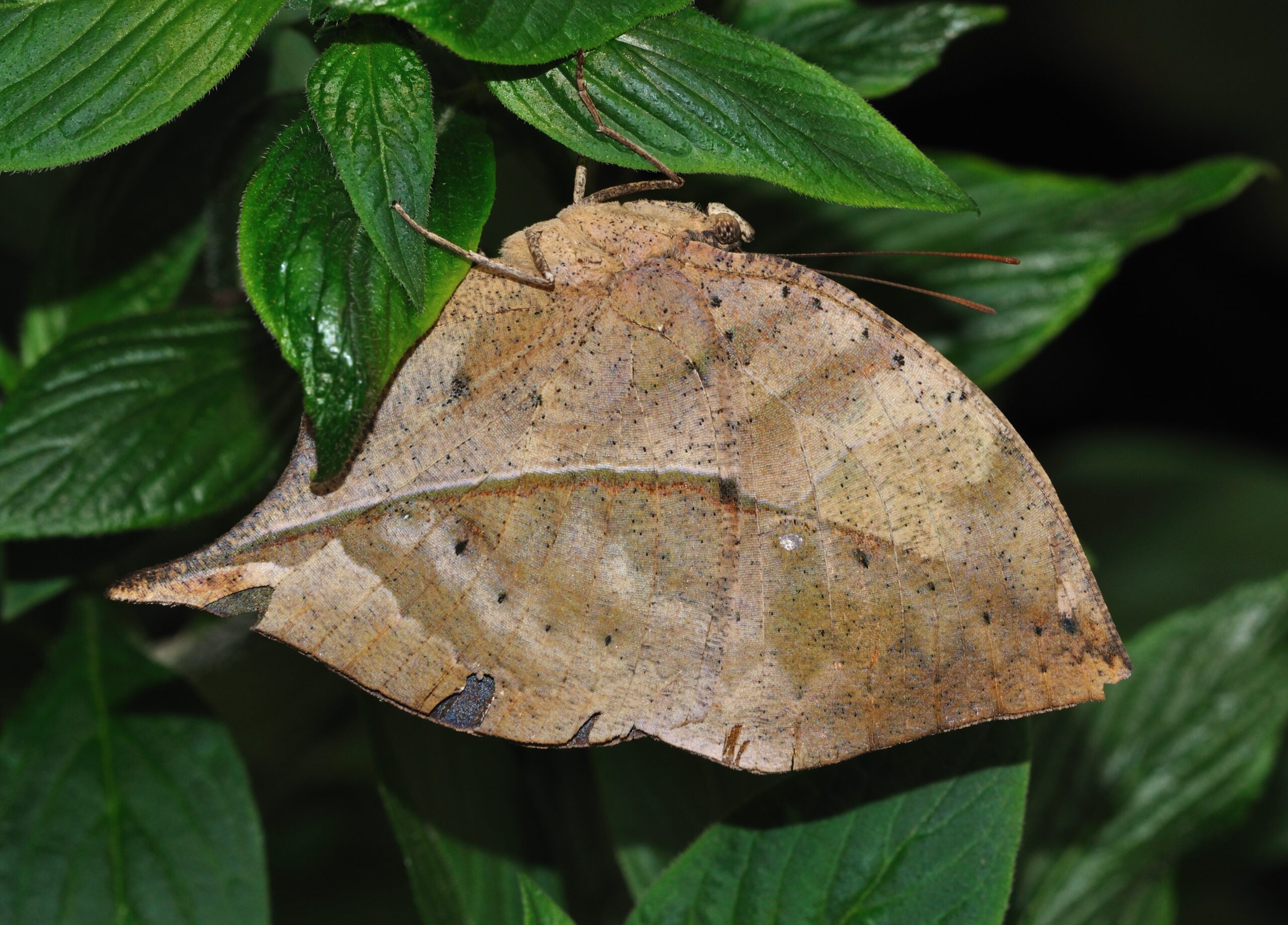
Having the right appearance is only half the battle – butterflies must also behave like the objects they’re mimicking. Dead leaf butterflies don’t just look like leaves; they act like them too. When threatened, they remain perfectly still, sometimes for hours, because real leaves don’t move in the wind the way living insects do. Bird dropping mimics take this behavioral camouflage even further. They often remain motionless in exposed positions where real droppings would typically be found, such as on the upper surfaces of leaves or along branch edges. This positioning reinforces the illusion and makes the disguise even more convincing. Some species have even evolved specific resting postures that enhance their camouflage. The butterfly might curl its body in a particular way or position its antennae to complete the illusion of being an inanimate object.
Evolution in Action: How These Disguises Developed
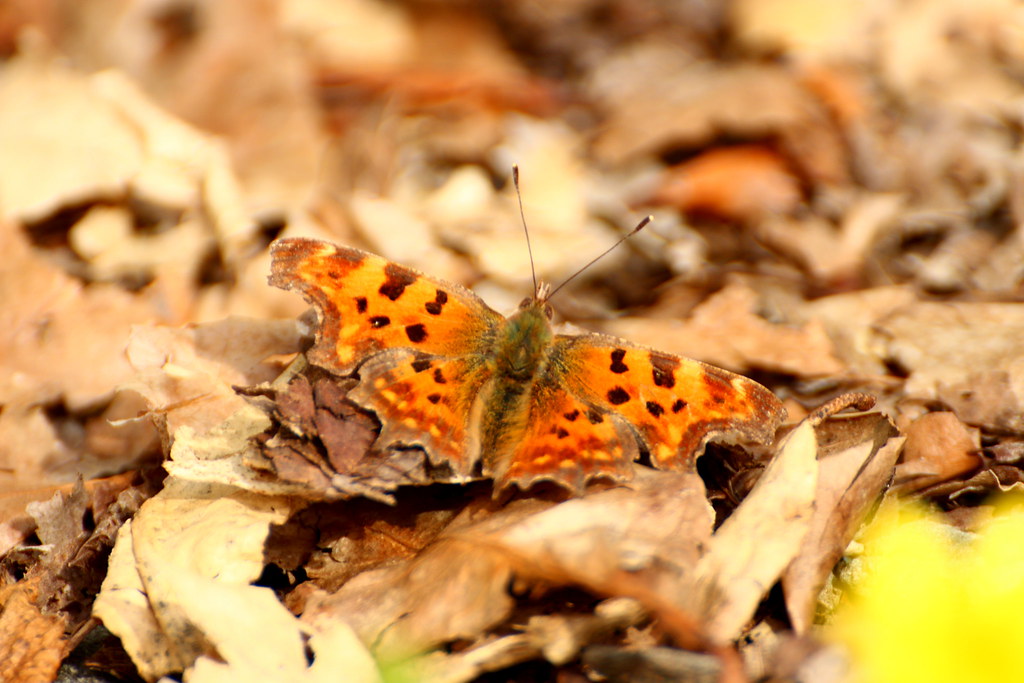
The evolution of butterfly camouflage represents millions of years of natural selection working to perfect these disguises. It didn’t happen overnight – it was a gradual process where butterflies with slightly better camouflage had slightly better survival rates. Scientists believe that these complex disguises evolved through a process called successive approximation. Early butterflies might have had random patterns that vaguely resembled leaves or droppings. Those with the closest resemblance survived better, reproduced more, and passed on their camouflage genes to the next generation. Over countless generations, these resemblances became more and more precise, eventually reaching the remarkable level of detail we see today. This process is still ongoing – butterflies continue to evolve and refine their disguises in response to changing environments and predator pressures.
The Predator’s Perspective: Why Disguises Work
To understand why butterfly camouflage is so effective, we need to think like a predator. Most butterfly predators, especially birds, rely heavily on visual cues to find food. They’ve evolved to quickly identify the characteristic shapes, colors, and movement patterns of their prey. When a butterfly successfully mimics a leaf or bird dropping, it essentially breaks this visual search pattern. The predator’s brain processes the visual information and categorizes it as “not food,” causing them to overlook what would otherwise be an easy meal. This deception works because predators have limited time and energy to spend searching for food. They can’t afford to investigate every brown object on the forest floor or every white spot on a leaf. The disguise exploits this limitation, allowing the butterfly to hide in plain sight.
Geographic Variations: Different Regions, Different Disguises
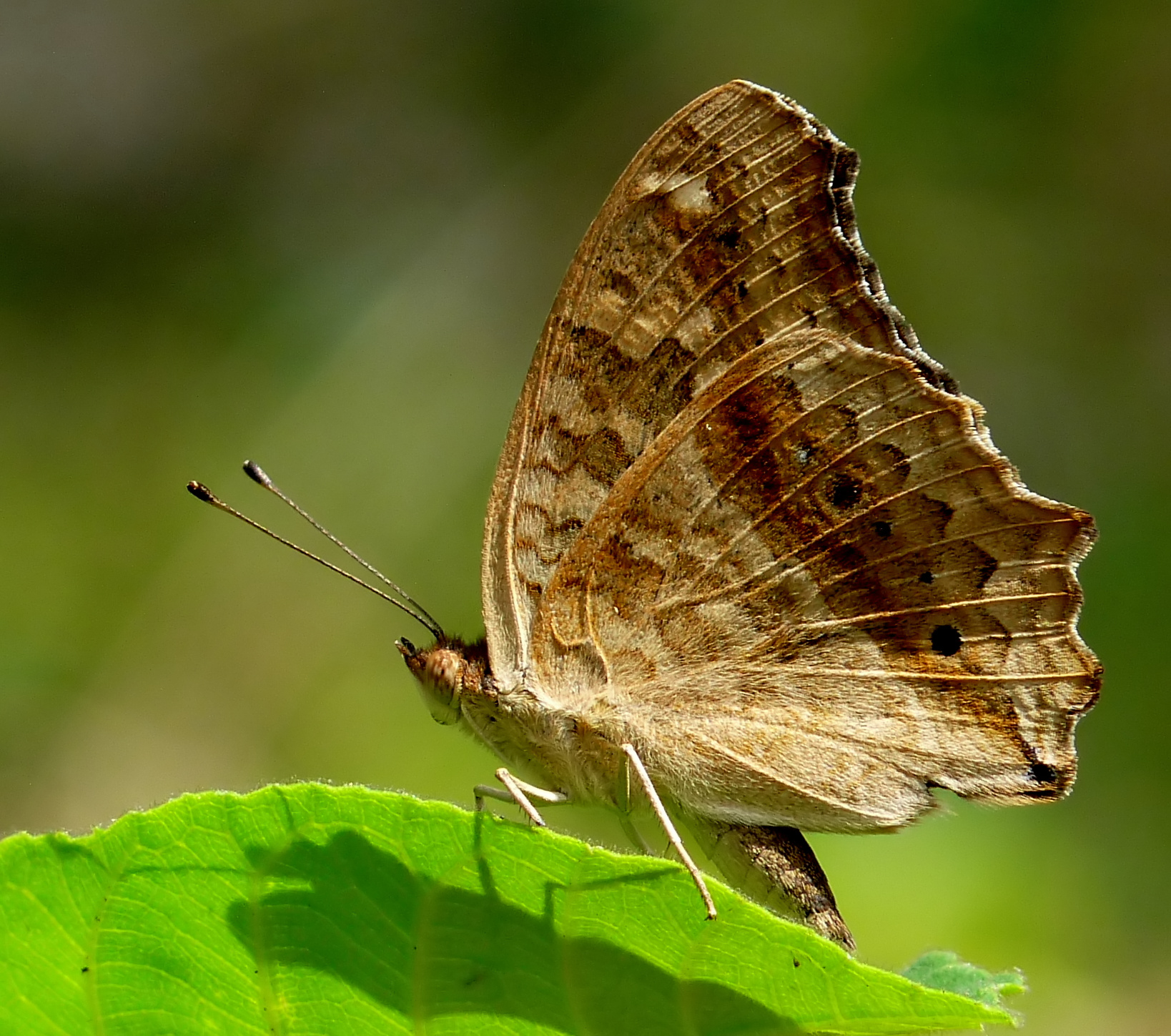
Butterfly camouflage varies dramatically across different regions of the world, reflecting the local environments and vegetation types. Tropical butterflies often mimic the broad, green leaves common in rainforests, while temperate species more commonly resemble the narrower, more varied leaves of deciduous forests. In arid regions, butterflies have evolved to mimic dried grasses, bark, or even rocks and sand. The Grayling butterfly, found in European heathlands, has developed intricate patterns that perfectly match the lichen-covered stones where it typically rests. These regional differences highlight how closely butterfly camouflage is tied to local ecosystems. The disguises are so specifically adapted to their environments that many species can only survive in very particular habitats where their camouflage remains effective.
The Arms Race: Predators Fight Back
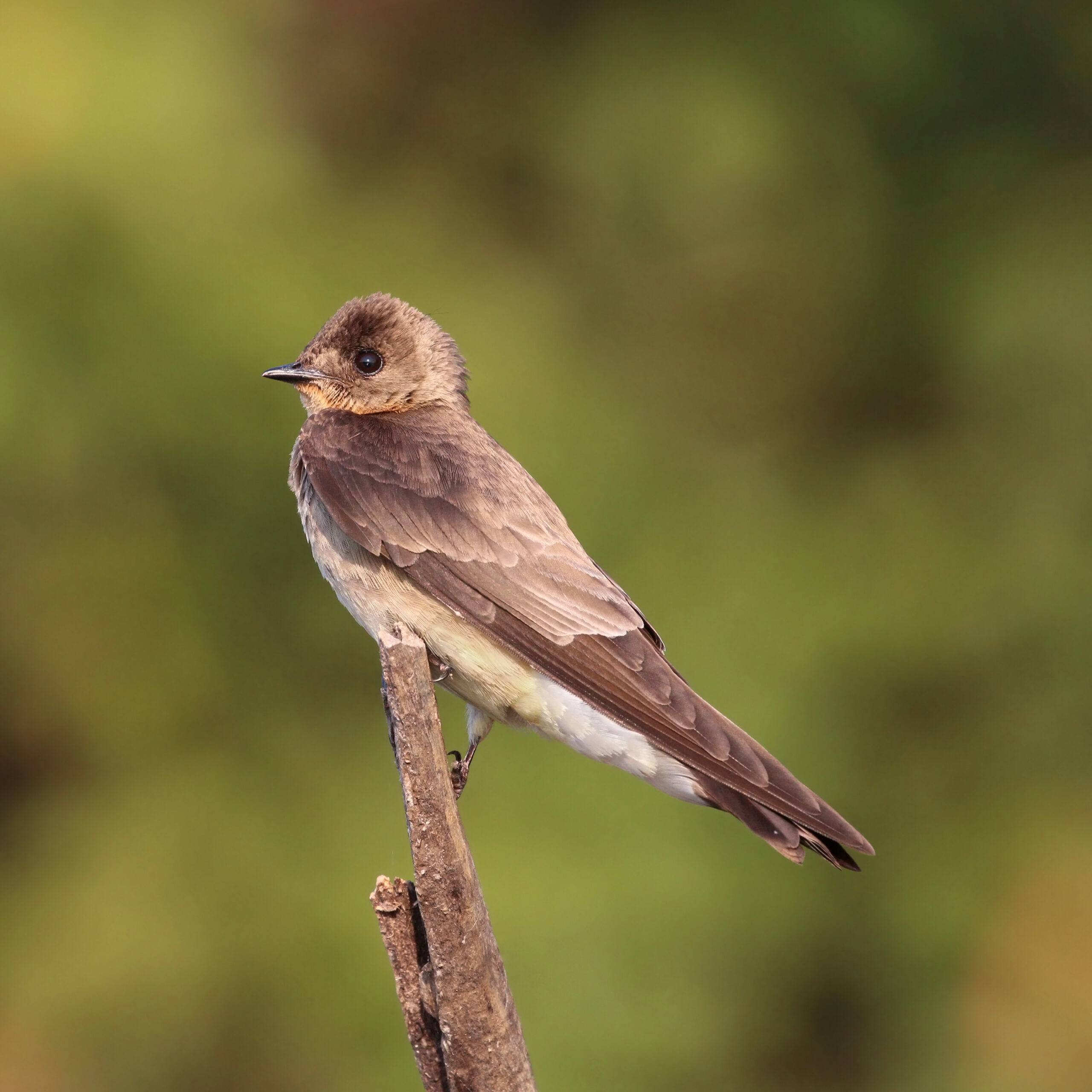
Evolution is never one-sided, and predators have developed their own strategies to counteract butterfly camouflage. Many birds have evolved better eyesight, particularly the ability to detect subtle movement that might reveal a disguised butterfly. Some predators have learned to recognize the specific microhabitats where camouflaged butterflies are likely to hide. They might focus their search on areas where dead leaves typically accumulate or pay special attention to suspicious-looking objects in exposed positions. This ongoing evolutionary arms race continues to drive improvements in both butterfly camouflage and predator detection abilities. It’s a perfect example of how evolution creates increasingly sophisticated adaptations on both sides of the predator-prey relationship.
Mimicry Beyond Appearance: Chemical Deception
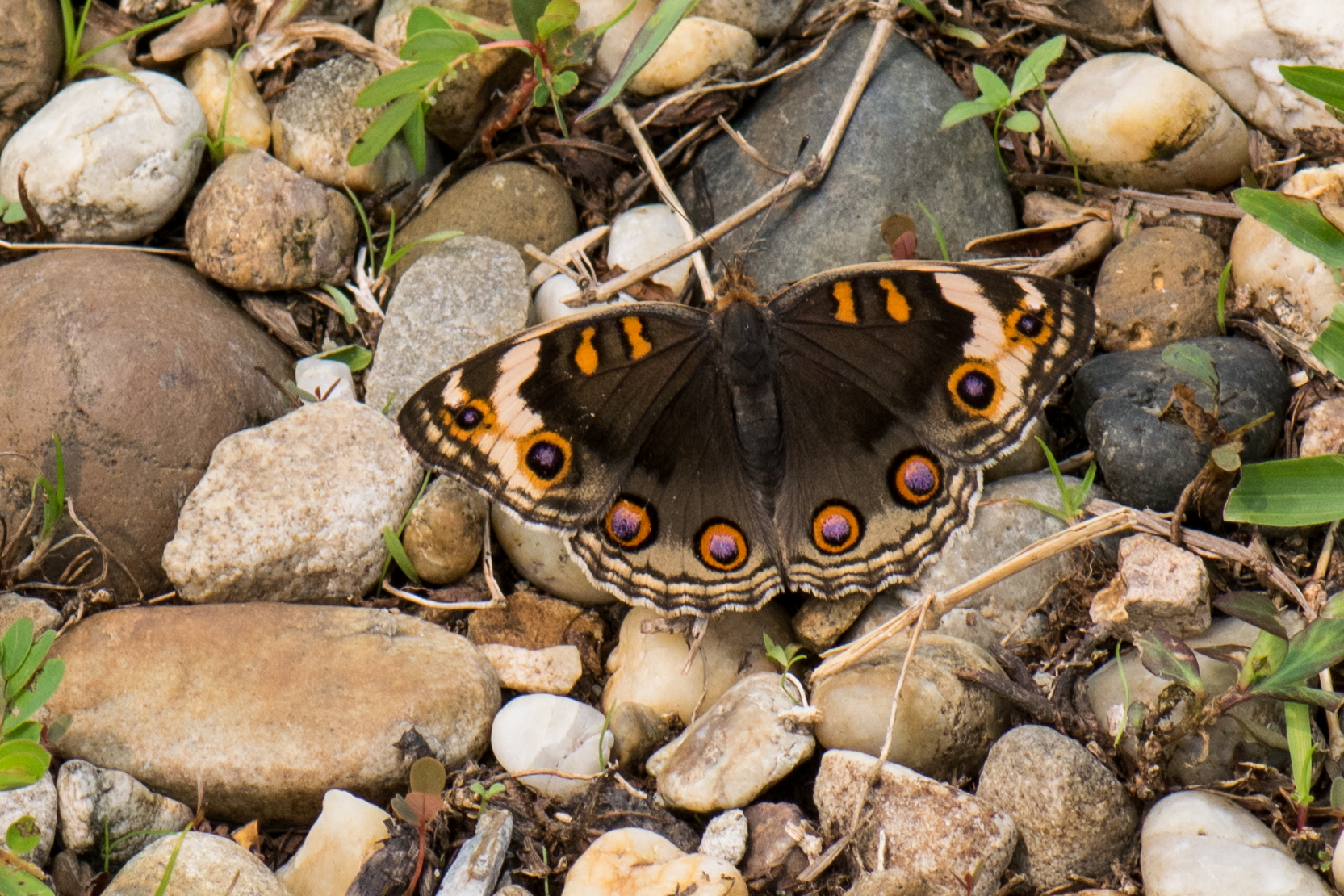
Some butterflies have taken their disguises beyond just visual mimicry to include chemical deception. Certain species not only look like bird droppings but also produce chemical compounds that mimic the smell of waste material. This multi-sensory approach to camouflage makes the disguise even more convincing, especially to predators that rely on smell as well as sight to locate prey. The chemical mimicry reinforces the visual deception and makes it much harder for predators to distinguish between real and fake droppings. Other butterflies have evolved to mimic the chemical signatures of leaves, including the complex mixture of compounds that dead or damaged vegetation releases. This creates a complete sensory illusion that’s extremely difficult for predators to detect.
The Price of Perfection: Trade-offs in Camouflage
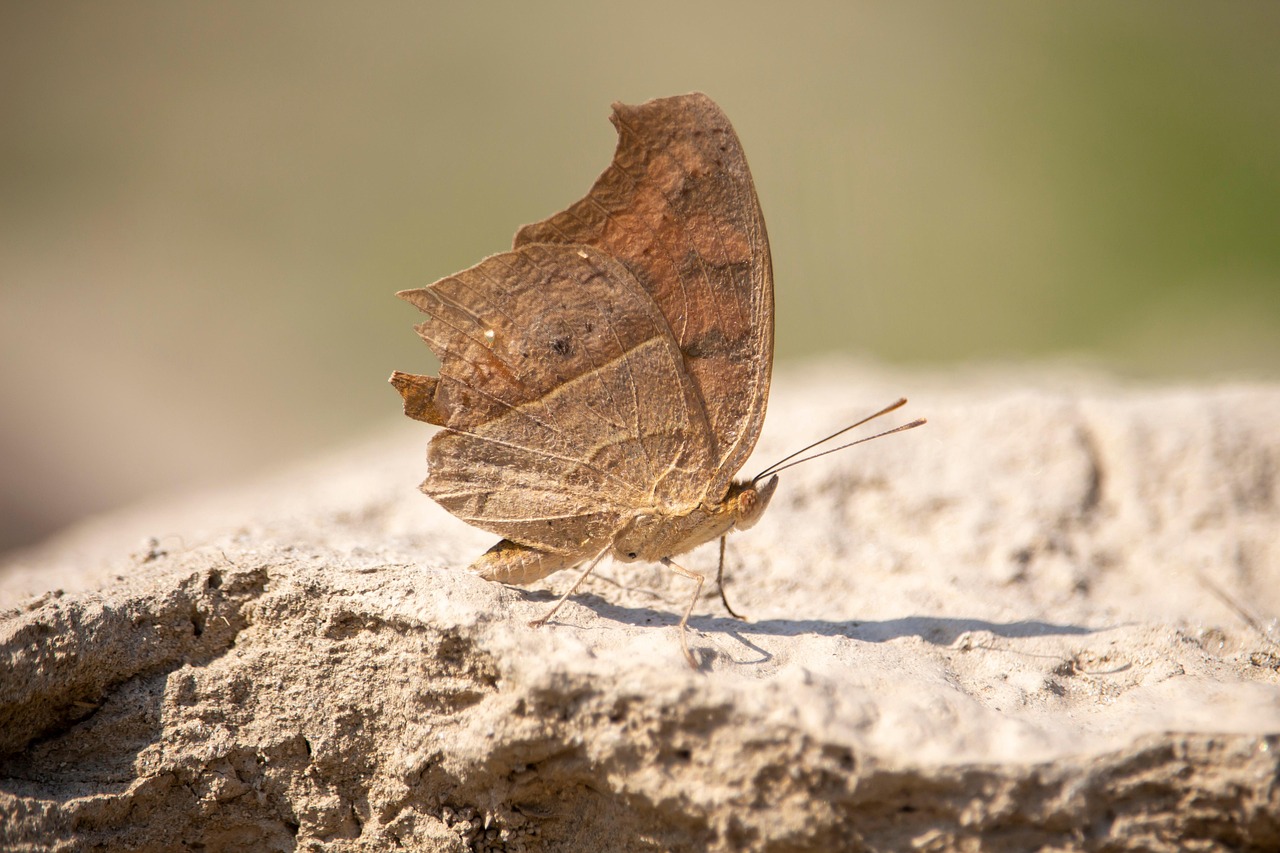
While perfect camouflage might seem like an obvious evolutionary advantage, it comes with significant costs. The energy required to produce complex wing patterns and maintain specific behaviors can be substantial, leaving less energy available for other important activities like reproduction or flight. Camouflaged butterflies also face restrictions on their behavior and habitat choices. A butterfly that looks like a dead leaf can’t venture into environments where such leaves would be out of place, limiting its ability to find food or mates. Perhaps most importantly, the same camouflage that protects them from predators can also make it harder for them to find and communicate with potential mates. Many species have evolved complex solutions to this problem, such as special courtship behaviors or hidden color patterns that are only visible to other butterflies.
Human Impact on Butterfly Camouflage
Human activities are creating new challenges for camouflaged butterflies. As natural habitats change due to deforestation, urbanization, and climate change, the environments that these butterflies have evolved to match are disappearing. A butterfly that has spent millions of years perfecting its disguise as a particular type of leaf might suddenly find itself in an environment where those leaves no longer exist. This mismatch can make previously effective camouflage not just useless, but actually conspicuous. Climate change is also altering the timing of seasonal changes, potentially disrupting the carefully evolved seasonal forms of butterflies that change their appearance based on environmental cues. When the timing of these changes no longer matches the actual seasonal conditions, the butterflies become more vulnerable to predation.
Conservation Implications of Butterfly Camouflage
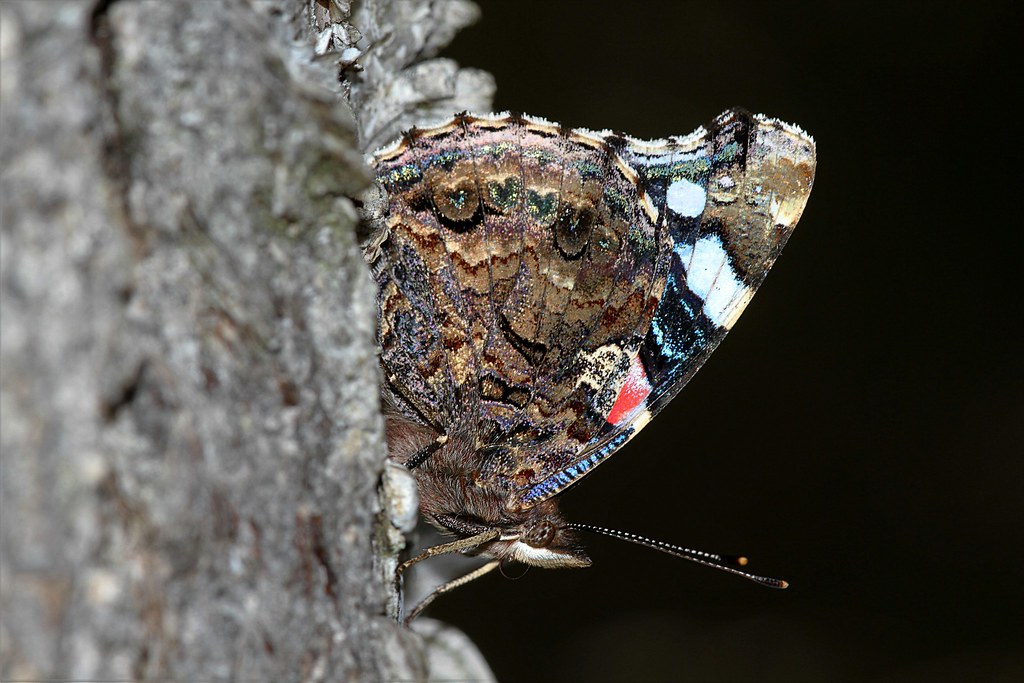
Understanding butterfly camouflage is crucial for conservation efforts. Many camouflaged species are particularly vulnerable to habitat loss because their disguises are so specifically adapted to particular environments. Conservation strategies must take into account not just the butterflies themselves, but also the specific microhabitats and plant communities that their camouflage depends on. Protecting a forest isn’t enough if the particular types of leaves or surface textures that the butterflies mimic are eliminated by subtle changes in forest composition. Climate change adds another layer of complexity to conservation efforts. As temperatures and weather patterns shift, conservationists must consider how these changes might affect the effectiveness of butterfly camouflage and plan accordingly.
The Future of Butterfly Disguises
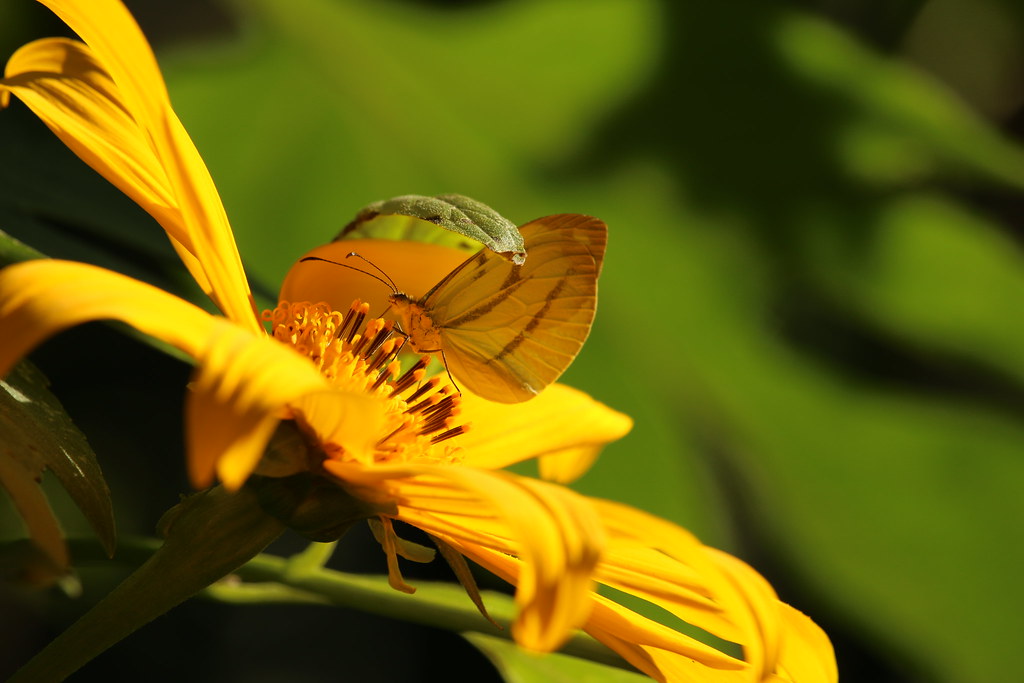
As environments continue to change, butterfly camouflage will undoubtedly continue to evolve. Some species might develop new disguises adapted to human-modified landscapes, while others might become extinct if they can’t adapt quickly enough. Scientists are already documenting changes in butterfly populations and distributions that might be related to mismatches between their camouflage and changing environments. These observations provide valuable insights into how evolution works in real-time and how species respond to rapid environmental change. The study of butterfly camouflage also has practical applications for human technology. Engineers and designers are learning from these natural disguises to develop better camouflage systems for military and civilian applications.
Conclusion
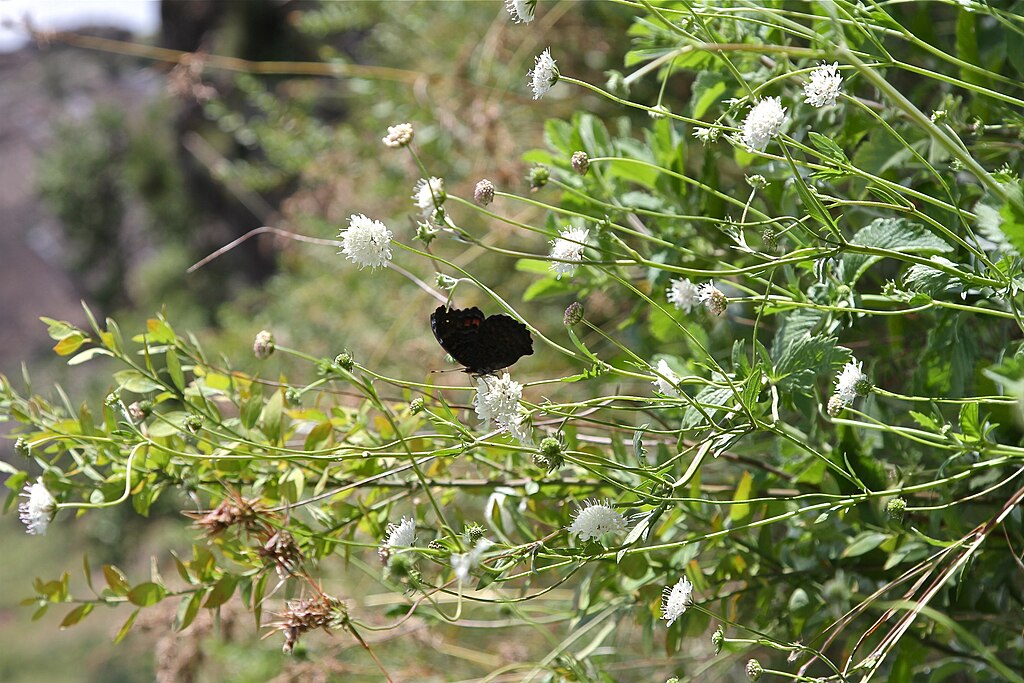
The remarkable disguises of butterflies represent one of nature’s most elegant solutions to the fundamental challenge of survival. From the intricate leaf mimicry of Asian species to the unappetizing bird dropping disguises of swallowtail caterpillars, these adaptations showcase the incredible power of natural selection to create complex, beautiful, and effective survival strategies. These disguises aren’t just curiosities – they’re windows into the deep connections between organisms and their environments. They remind us that every species is shaped by millions of years of interaction with predators, prey, and habitat conditions. As our planet continues to change, these relationships become increasingly fragile, making the conservation of both butterflies and their specific habitats more important than ever. What other secrets might be hiding in plain sight the next time you walk through nature?

